- Sunday, 30 November 2025
Muscular dystrophy lifelong ordeal for affected children and parents alike
Kathmandu, Mar. 3: Doctors and stakeholders have emphasised the importance of raising awareness and promoting early detection and genetic studies for individuals affected by muscular dystrophy in Nepal.
Genetic testing can be an important approach to the diagnosis of muscular dystrophy. Muscular dystrophy is a group of muscle diseases that affect movement and function. Although there is no cure for any form of muscular dystrophy, treatment for some forms can help the affected person remain mobile and aid in improving heart and lung muscle strength for an extended time.
In the same context, Muscular Dystrophy Foundation-Nepal (MDF-Nepal) since 2003 has been dedicated to advancing knowledge and awareness of the disease while offering crucial mental support to patients and their families.
Initiated by the parents of individuals with muscular dystrophies, alongside professionals and social workers of Nepal, the Foundation has strived to provide essential services primarily from its Kupondole, Lalitpur-based office for over two decades.
The Japanese government provided grant support to the Foundation’s physiotherapy block, and MDF-Nepal expanded its reach and effectiveness through the construction of a new centre in Shankharapur Municipality-9 of Kathmandu.
The Foundation today has been offering different supporting services including basic medical examinations, health checkups, physiotherapy, and psychological counseling for patients and their families on a regular and periodic basis.
Need to boost awareness, research, and capacity building
President of the Foundation, Prof. Dr. J.P. Agrawal said that they are working to increase public awareness about muscular dystrophy and make the life of the patients comfortable and meaningful to a significant level.
Duchenne Muscular Dystrophy (DMD), a hereditary disease primarily affecting boys only due to the inability to produce necessary muscle development proteins, manifests as progressive muscle weakening. In an analogous condition, Breaker Muscular Dystrophy also affects females exclusively.
Despite ongoing research worldwide, no curative medicine is currently available in the world.
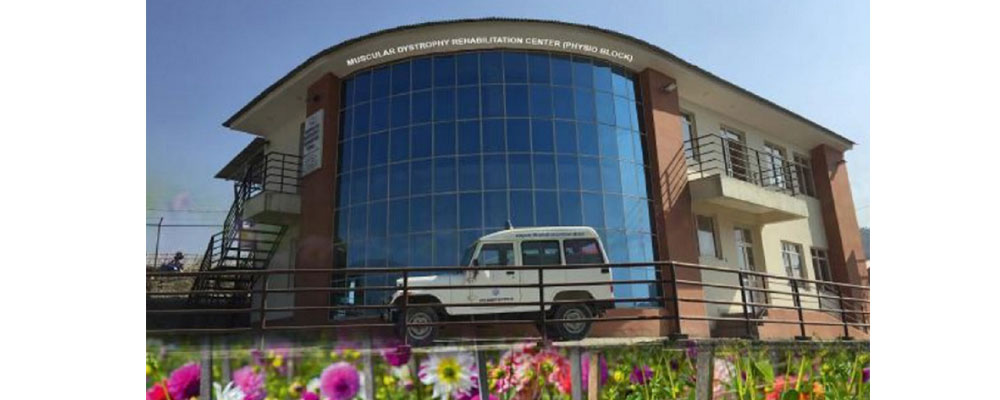
"We are regularly organising multidisciplinary health camps, conducting basic orientation to the parents and patients, and awareness programmes to the medical and health professionals in different hospitals and local disabled organizations," Dr. Agrawal told The Rising Nepal.
The collaboration of specialised doctors in the fields like cardiology and orthopedics enhances the effectiveness of health care, he said.
He stressed the importance of early identification through awareness and genetic studies, citing instances where lack of awareness led to the birth of multiple children with muscular dystrophy in a single family.
Agrawal said that a couple gave birth to three children with muscular dystrophy due to a lack of awareness.
"If genetic studies could be done of such families and if they could be made aware of this disease, other infected children would not be born," he said.
MDF-Nepal looking for support for their master plan
With the support of the government of Japan, a building has been constructed and we are able to provide physiotherapy services from there, he said.
"At least additional two building blocks are needed for the Foundation to provide physical and rehabilitation treatment for preventive, curative research and evidence-based services and practices including short-term accommodation and recreation as well. For that, support from all, including government, international institutions and general people is needed to strengthen the Foundation and provide effective services to the patient," said Dr Agrawal.
The Foundation is dedicated to the services of patients with Muscular Dystrophy for rehabilitation approach and creating social value, said Anil Kumar Upadhyay, Founder and Vice-president of the Foundation.
"It is estimated that 20,000-25,000 families are affected by different types of Muscular Dystrophies (MDs) in Nepal. About 1,000 plus affected children are associated with the foundation to date and many affected children are still out of the reach of the foundation," he said.
"There is no cure for muscular dystrophy and treatment aims at managing the symptoms but there are some developments in research, treatments, rehabilitation and preventive measures. We want to request all to join hands with medical and therapy professionals, counselors, financial supporters, volunteers and organisations together in our effort to support children with Muscular Dystrophy and their parents for early identification of the disease and to take preventive and precautionary measures," said Upadhyay.
It coordinates with international organisations to support muscular dystrophy-disabled persons around the world. Any individual or institution can donate, and the amount goes to operational activities like ambulance or transportation service, training programmes and other related activities.
Muscular Dystrophy -affected families suffer and endure mental, economic and social burdens due to lack of proper counseling, poor awareness, poor and uniformed clinical examination and poor treatment, he said.
"Eight to ten new patients come to the foundation recommended by the hospitals and medical professionals from different parts of the country every month. Since we are not able to provide services to all the patients keeping them at the center due to the lack of wheelchair-friendly vehicles and short-term accommodations," said the office in charge, Karuna Pokharel.
Prabha KC, office assistant of the Foundation, said that the Foundation is regularly providing therapy services to the patients who come to the foundation with their parents and a team of doctors come and provide services to the patients on the first and third Saturdays of every month and all the services are free of cost.
However, the Centre is operating an ambulance to bring patients from various places in Kathmandu Valley.
Transporting patient a real trial
Nirmala Ghatani, of Madhyapur Thimi, used to take her nine-year-old son suffering from DMD to the centre for therapy. According to her, although daily therapy is necessary for the treatment of this disease, it is difficult to take his son from Bhaktapur to the centre at Sankhu daily.
"My son was diagnosed with this disease when he was four or five years old. I brought my son to a local hospital in Bhaktapur, after which the hospital suggested me to take him to the center for treatment," Ghatani said.
She said that it would be easier for her and other families affected by Muscular Dystrophy to take their children to the centre for therapy if the centre arranged vehicles regularly or at least once a week.
Proper therapy must for the patients
"We teach the therapy daily for at least 2-4 days and make sure that the patient's family can do the therapy at home. After that, we also visit the patient's home frequently to observe the condition of the patient and increase awareness among the affected families," said physiotherapist Bidya Nand Chaudhary.
Proper therapy is a must for the disease, he said and for this, the parents should follow the therapy according to the doctor's advice.



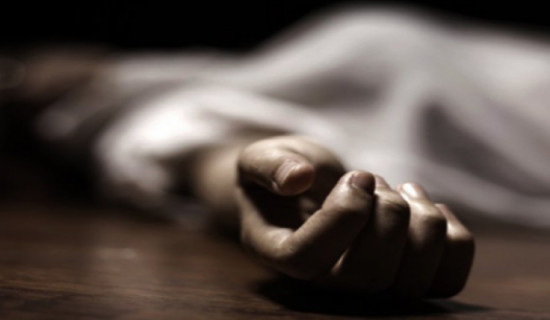
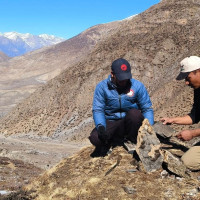
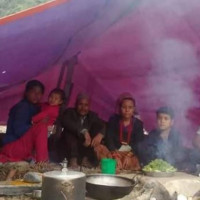
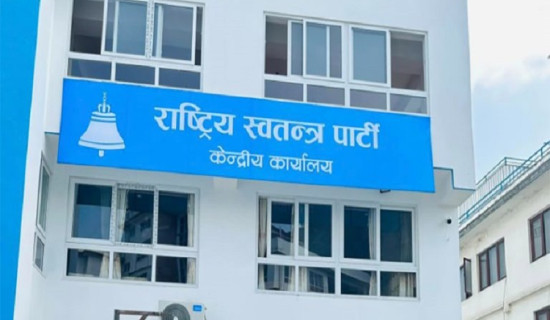
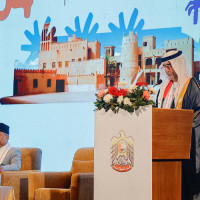


-original-thumb.jpg)





